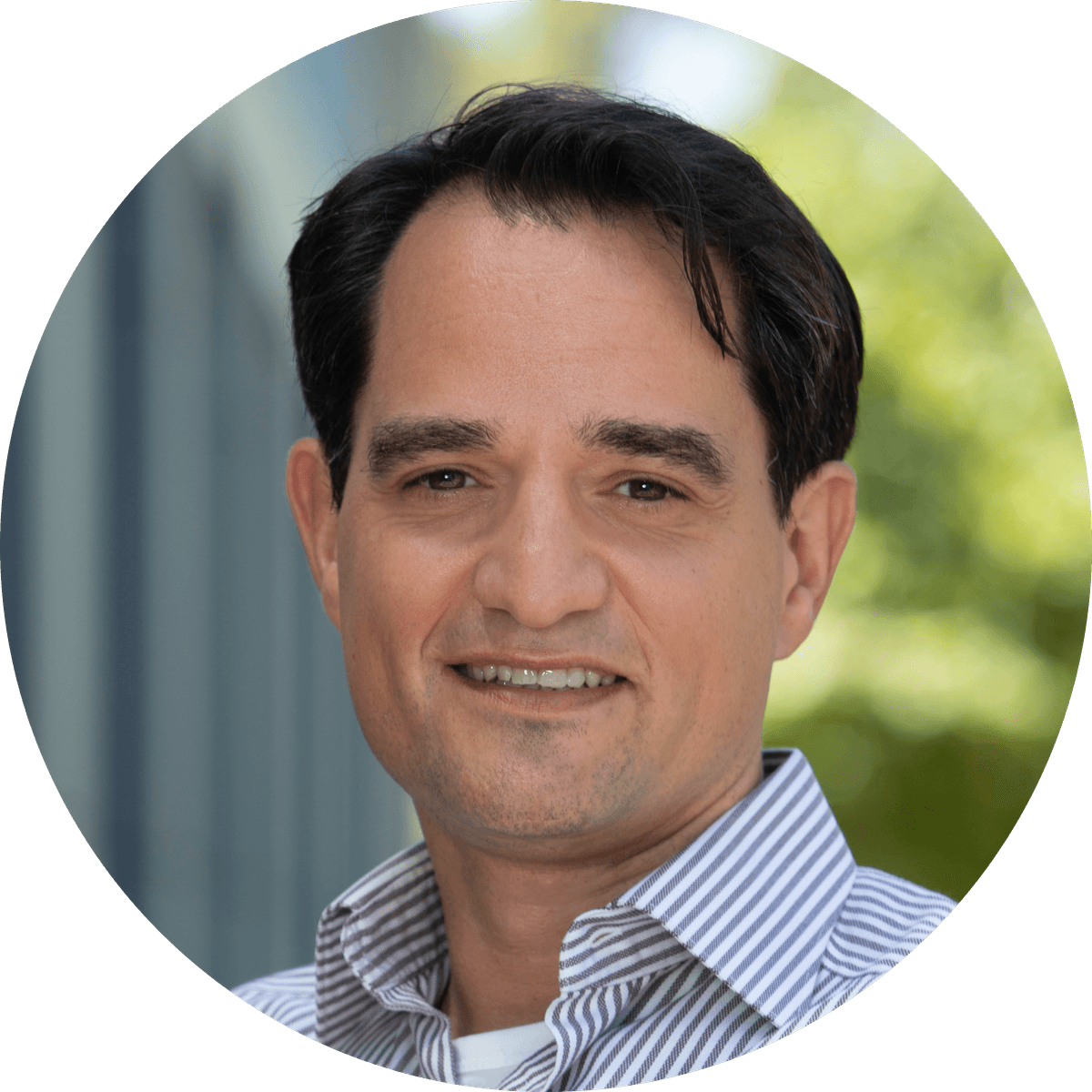In the 1960s, researchers in England noticed an anomaly when investigating chromosomes from surgically removed human tumors. Distinct from the intact chromosomes visible underneath the microscope were numerous “very small double chromatin bodies,” which are today better known as extrachromosomal DNA. Thanks to modern sequencing and imaging techniques, researchers now know that these tiny bits of circular DNA play a big role in cancer outcomes.
In this episode, Niki Spahich from The Scientist spoke with Lukas Chavez, an assistant professor in the Cancer Genome and Epigenetics Program at the Sanford Burnham Prebys Medical Discovery Institute, to learn more about his team’s multiomic exploration of extrachromosomal DNA and how it influences medulloblastoma progression and treatment.
More on this topic: How Chaos in Chromosomes Helps Drive Cancer Spread
The Scientist Speaks is a podcast produced by The Scientist’s Creative Services Team. Our podcast is by scientists and for scientists. We bring you the stories behind newsworthy molecular biology research.
Speaker:

Lukas Chavez, PhD
Assistant Professor, Cancer Genome and Epigenetics Program
Sanford Burnham Prebys Medical Discovery Institute
Director, Joseph Clayes III Research Center for Neuro-Oncology and Genomic Medicine
Rady Children’s Institute for Genomic Medicine
Rady Children’s Hospital, San Diego
This episode is brought to you by biomodal. biomodal is an omics-based life-sciences technology and analytics company delivering products that bring the dynamism of our ever-changing biology into focus. Their groundbreaking multiomic solution, duet evoC, reveals the power of the 6-base genome by distinguishing 5-methylcytosine and 5-hydroxymethylcytosine together with all 4 canonical bases to measure multiple modes of biology from a single 5ng DNA sample in a single experiment.